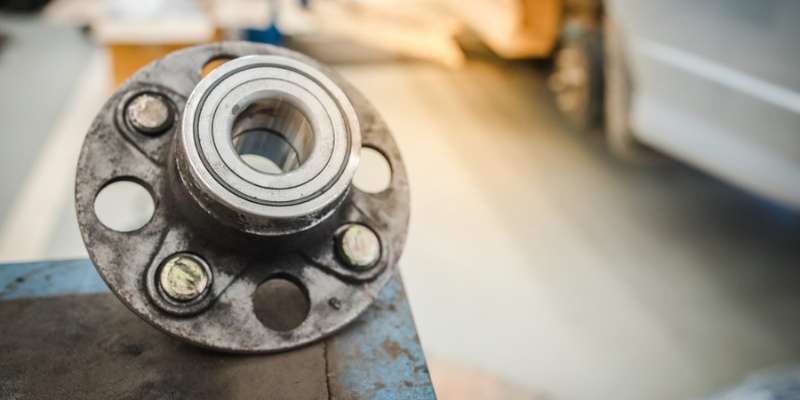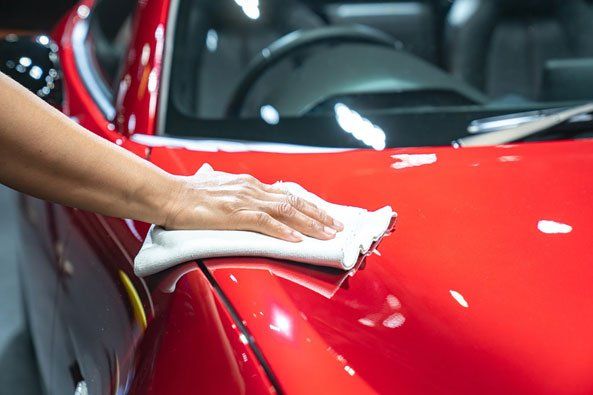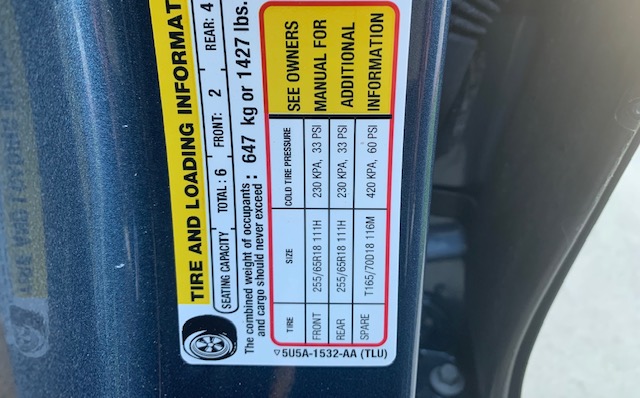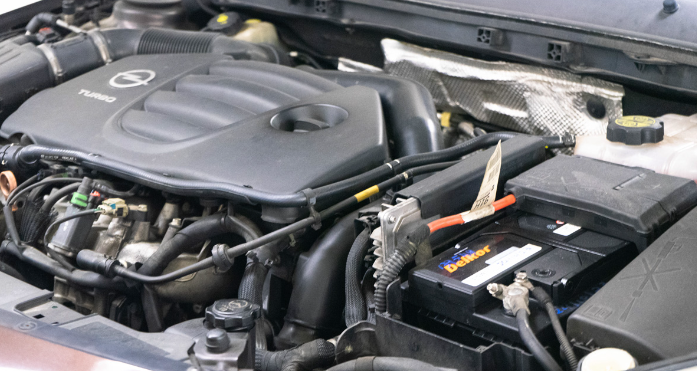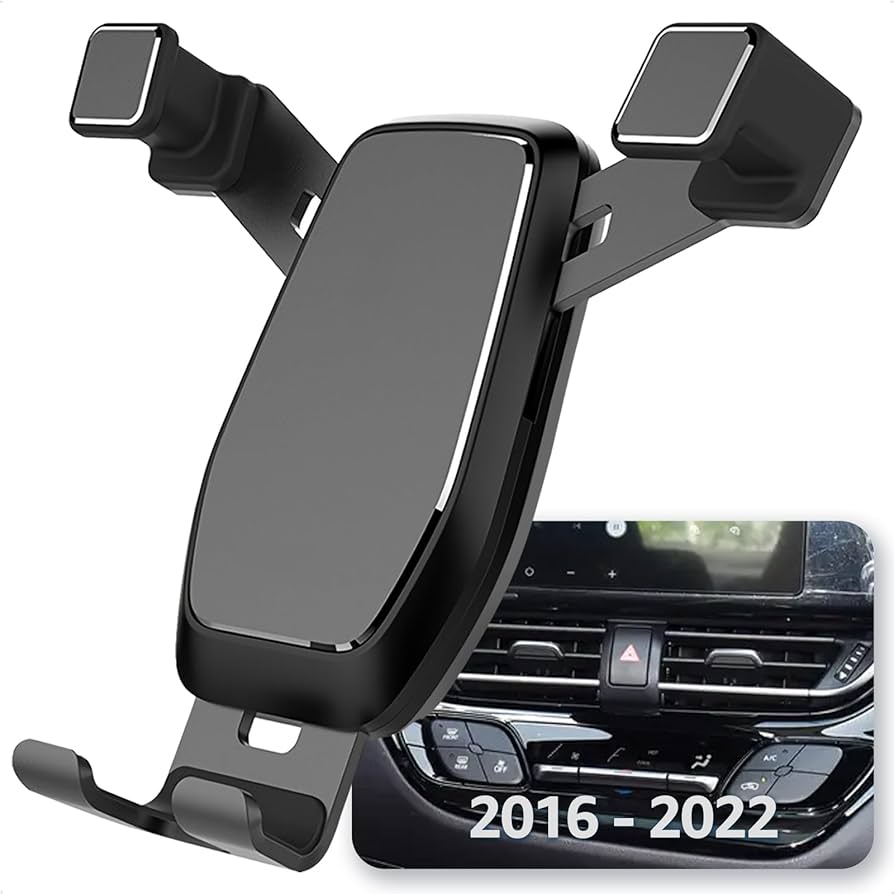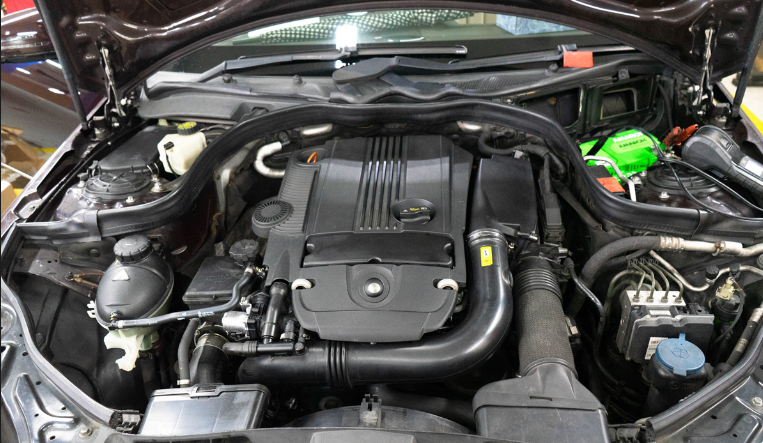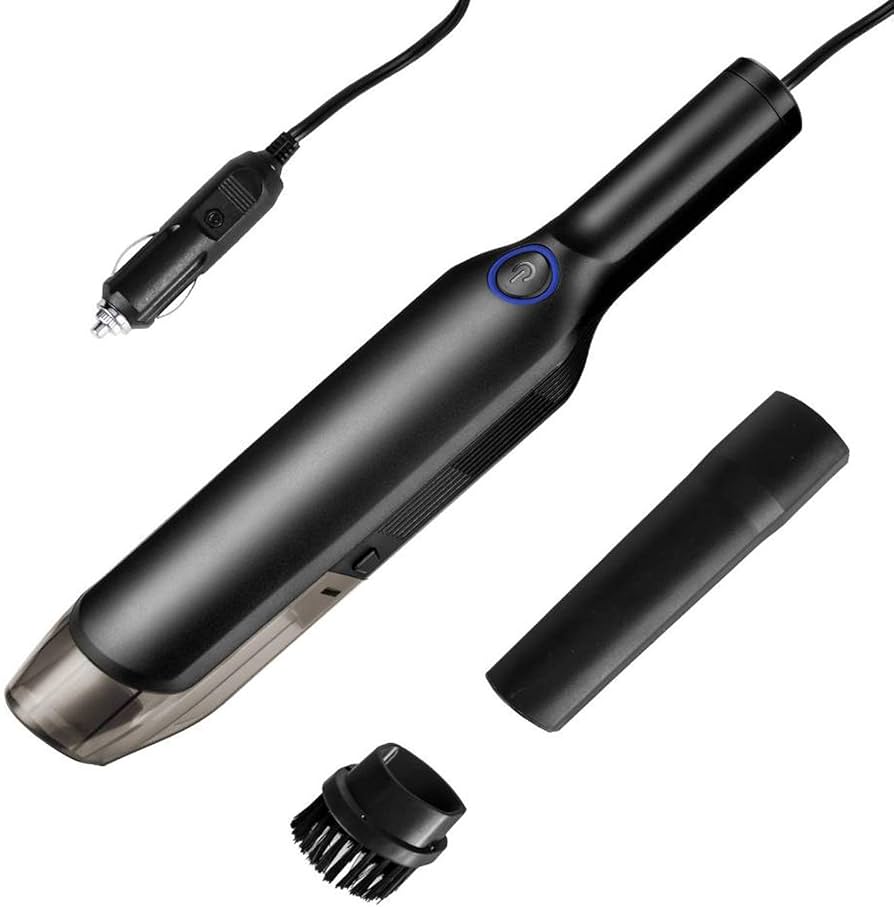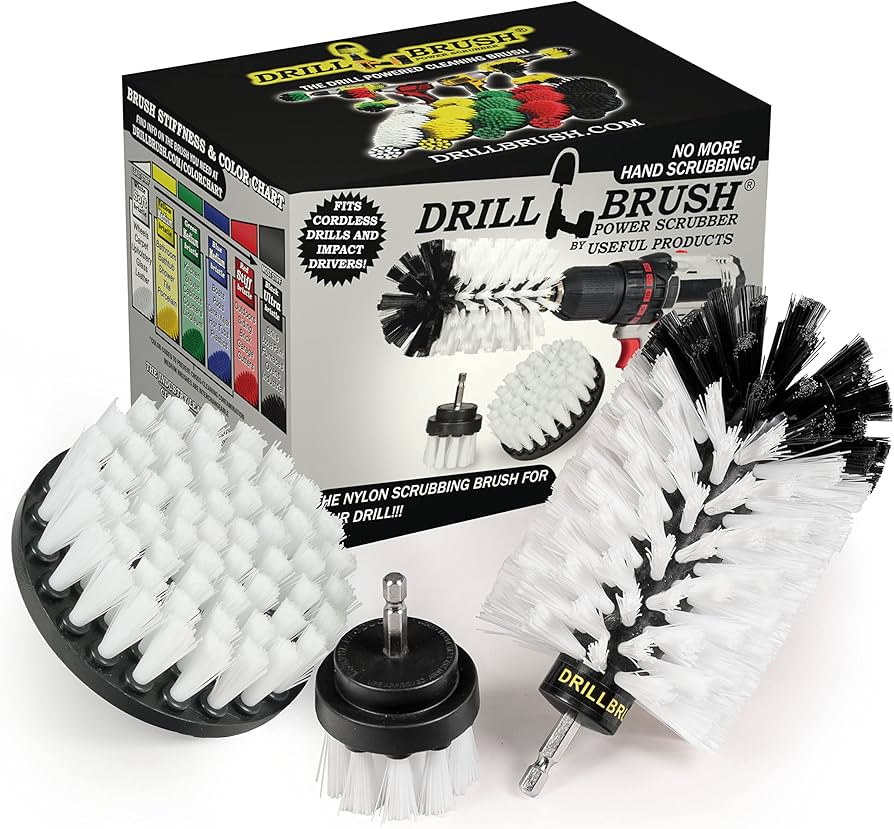In the world of automotive maintenance and repair, certain components might not get the attention they deserve. One such component is the wheel bearing.
These small but crucial parts play a vital role in ensuring a smooth and safe ride. However, like all mechanical parts, wheel bearings can wear out over time and may need replacement.
Understanding the wheel bearing replacement process and its cost is essential for every vehicle owner.
Wheel bearings are an integral part of your vehicle’s wheel assembly, enabling the wheels to turn freely and smoothly.
They bear the vehicle’s weight and reduce the friction that would otherwise slow down the wheels.
When these bearings start to fail, they can cause a variety of problems, from annoying noises to dangerous driving conditions.
Therefore, timely replacement of faulty wheel bearings is crucial for maintaining the safety and performance of your vehicle.
What is a Wheel Bearing?
A wheel bearing is a set of steel balls or tapered rollers held together by a metal ring known as a race. They help the wheel spin fast with as little friction as possible.
They are a crucial part of the wheel assembly that connects the wheel and the axle.
The role and function of wheel bearings in a vehicle are manifold. They support the vehicle’s weight and allow the wheels to rotate with minimal friction.
In essence, wheel bearings are designed to promote efficient wheel rotation. They are usually located along the spindle of your car, which is a rod that connects the wheel to the steering assembly.
Wheel bearings are built to last for a long time, but they do wear out eventually. When they do, it’s usually because of a lack of lubrication or excessive heat.
Wheel bearing repair or replacement then becomes necessary to ensure the vehicle’s safety and performance.
Signs of a Bad Wheel Bearing
Recognizing the signs of a bad wheel bearing is crucial to prevent further damage to your vehicle. Here are some common symptoms that indicate a failing wheel bearing:
- Noise: One of the first signs of a bad wheel bearing is noise coming from the wheel. This could be a humming, rumbling, or growling noise that increases with the vehicle’s speed or while turning.
- Loose steering: A worn-out wheel bearing can make the steering feel loose and unresponsive. You might notice this especially while making turns.
- Uneven tire wear: Bad wheel bearings can cause your tires to wear down unevenly. If you notice that one tire is wearing down faster than the others, it could be due to a bad wheel bearing.
- Vibration: A failing wheel bearing can cause your steering wheel or vehicle to vibrate. The vibration typically gets worse the faster you drive.
Ignoring these signs can lead to severe consequences.
A completely failed wheel bearing can cause the wheel to come off the vehicle while driving, leading to a loss of control and potentially a serious accident.
Therefore, it’s essential to address wheel bearing symptoms as soon as they appear.
The Process of Wheel Bearing Replacement
Replacing a wheel bearing is not a simple task. It requires specialized tools and knowledge, emphasizing the importance of professional service in wheel bearing replacement.
Here’s a general step-by-step process of how wheel bearings are replaced:
1. Removal of the wheel
The mechanic will start by removing the wheel from the vehicle using a jack and lug wrench.
2. Removal of the brake caliper and rotor
The brake caliper and rotor are removed to access the wheel bearing.
3. Removal of the wheel bearing
The old wheel bearing is then removed from the hub. This often requires a press or a similar tool.
4. Installation of the new bearing
The new bearing is pressed into the hub.
5. Reassembly
The brake rotor and caliper are reinstalled, and the wheel is put back on the vehicle.
6. Testing
Finally, the mechanic will test the vehicle to ensure the new bearing is installed correctly and functioning as it should.
Remember, wheel bearing replacement is a complex task best left to professionals.
A properly executed wheel bearing replacement can ensure a smoother and safer ride, prolonging the lifespan of your wheels and tires.
Factors Influencing the Cost of Wheel Bearing Replacement
The cost of wheel bearing replacement can vary significantly depending on several factors. Here are some of the primary factors that influence the cost:
Vehicle Make and Model
Different vehicles require different types of wheel bearings, and the cost of these parts varies. Luxury or high-performance vehicles often have more expensive parts than standard models.
Location
The cost of living in your area can also affect the cost of wheel bearing replacement. Labor costs are usually higher in cities and regions with a higher cost of living.
Service Provider
Different mechanics and auto repair shops charge different rates for their services. Dealerships tend to be more expensive than independent repair shops.
Front vs. Rear
The cost can also depend on whether the front or rear wheel bearing needs replacement. In some cases, replacing a rear wheel bearing can be more expensive due to the additional labor involved.
Single vs. Pair
Replacing both wheel bearings on the same axle can sometimes be cheaper than replacing them individually, as some of the labor can be combined.
Average Cost of Wheel Bearing Replacement
Based on research, the average cost of wheel bearing replacement ranges from $200 to $400 per wheel. However, the cost can go up to $800 or more for some vehicles. This cost includes both the price of the parts and the labor.
It’s important to note that these are average costs, and the actual cost can vary based on the factors mentioned above.
For example, if you have a luxury vehicle or if you live in an area with high labor costs, you might end up paying more than the average.
Remember, while cost is an important consideration, it shouldn’t be the only factor when deciding where to have your wheel bearing replacement done.
The quality of the parts and the expertise of the mechanic are equally, if not more, important.
After all, a properly done wheel bearing replacement can save you money in the long run by preventing further damage to your vehicle.
FAQs
How often do wheel bearings need to be replaced?
Can I replace wheel bearings myself?
Can I drive with a bad wheel bearing?
Does wheel bearing replacement cost include both sides?
Final words
Understanding the importance of wheel bearings and recognizing the signs of a failing wheel bearing is crucial for maintaining the safety and performance of your vehicle.
While the cost of wheel bearing replacement can vary, it’s a necessary investment to ensure a smooth and safe ride.
Remember, while cost is an important consideration, the quality of the parts and the expertise of the mechanic should not be overlooked.
Always choose a reputable service provider for your wheel bearing replacement needs. And most importantly, never ignore the signs of a failing wheel bearing. Your safety on the road depends on it.
Resources:
